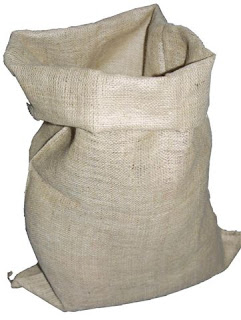Our first lecture of the term...'Reading Drawings' by - Professor Stephen Farthing... incredibly insightful comments and interesting theories discussed!
this image is the first hit in a Google image search for 'reading drawings'-
- Drawings are translations of three dimensional objects into two dimensions
- 2D marks left by 3D things
- drawings leave a trace
- Drawings are the forensic evidence of their making
- Drawing is a basic instinct, like the spoken word
- Giotto's perfect circle- gained him the position of artist in residence at the Vatican
- Maps, diagrams- different to art drawings?
what we think things look like.
what we think art looks like.
-Drawings do not readily speak for themselves unless one is aware of their narrative, the subject matter might be clear, but content needs to be ascertained. Enquiry reveals what the drawing is 'about'.
WHAT IS ART?
Farthing's rather tongue in cheek answer 'art is what you see in galleries and in art books'
' I dont think of them [drawings] as text, rather arrangements of readable matter'





























